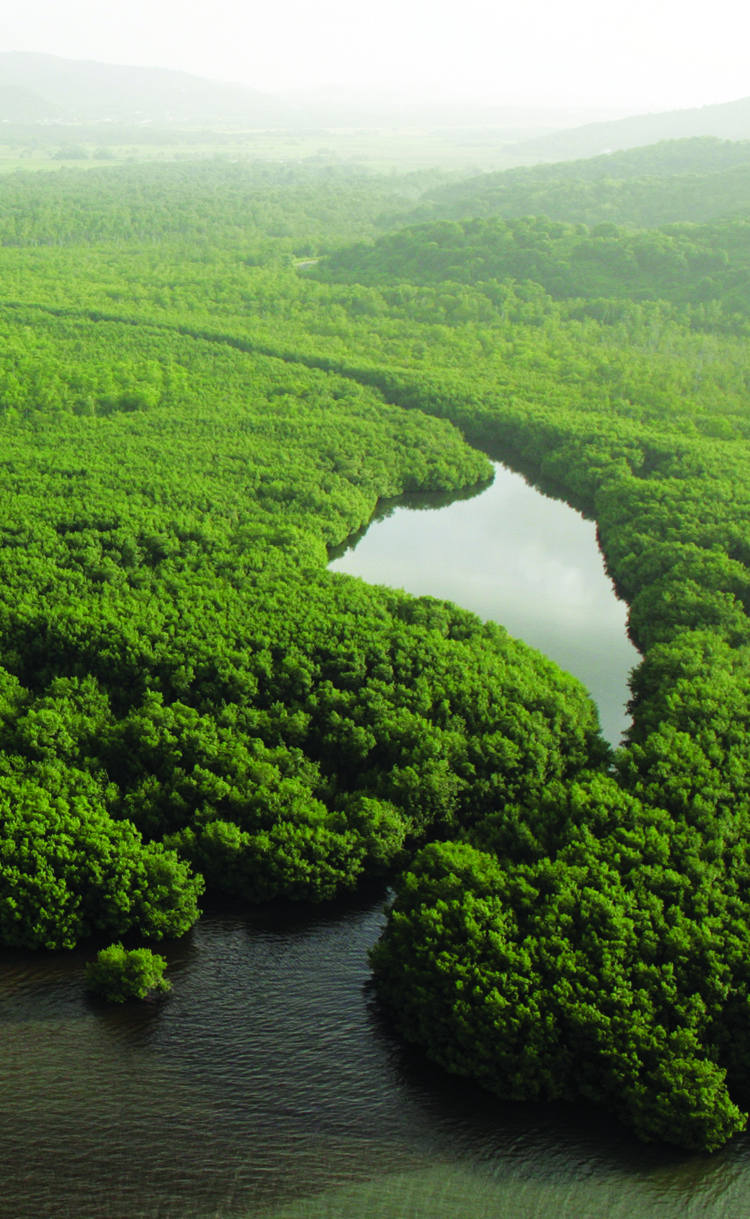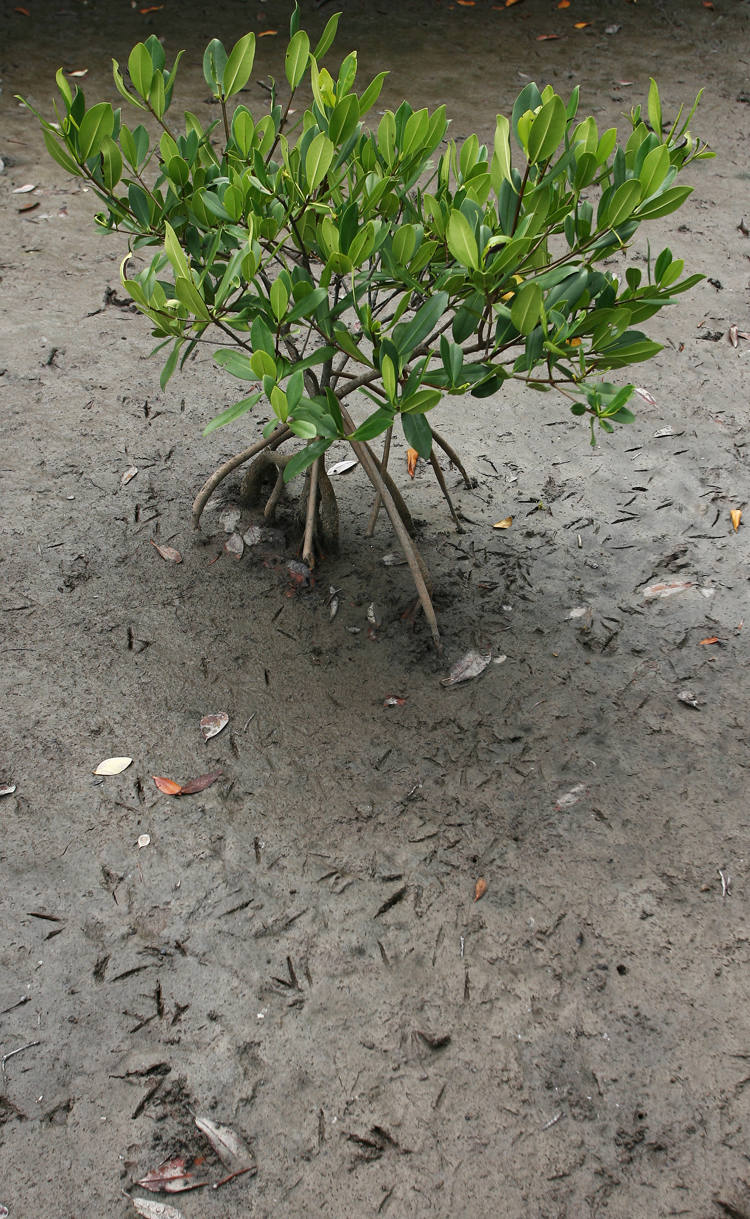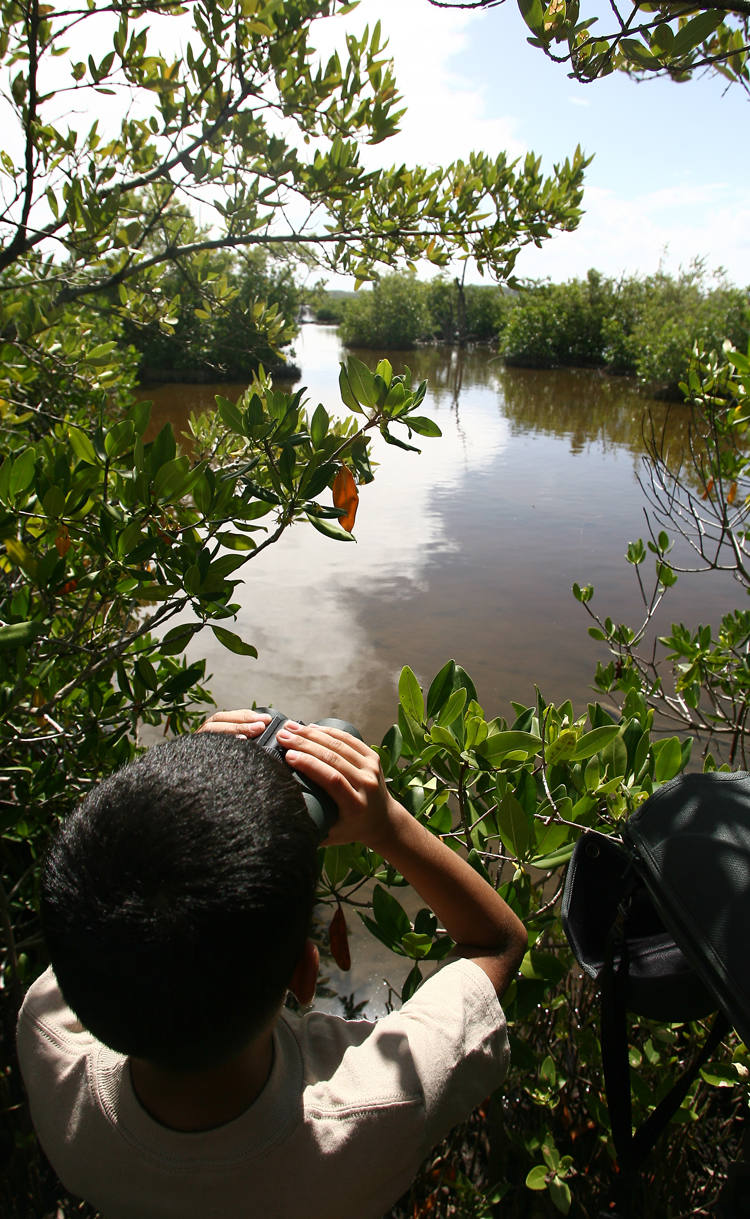Medio Mundo y Daguao
Ceiba and Naguabo, Puerto Rico
The Medio Mundo y Daguao Natural Protected Area (MMD) is located on the coast of Puerto Rico’s Eastern Region. A large, ecologically vluable extension of land once part of Roosevelt Roads Naval Station, this natural protected area covers more than 3,340 acres of land in the Demajagua, Los Machos, Guayacán and Quebrada Seca Wards of the municipality of Ceiba, and in the Daguao Ward of the municipality of Naguabo.
Medio Mundo y Daguao features a wide variety of terrestrial, aquatic and marine ecosystems, including a mangrove forest that is considered the second largest in Puerto Rico and one of the examples of mangrove habitats on the island. It also shelters at least 26 rare, endemic, vulnerable or endangered species, including the manatee, the Yellow-Shouldered Blackbird, the Puerto Rican Boa, and three species of marine turtles.
The lands comprised by this natural protected area were formerly a part of a large base constructed by the US Navy during the early 1940s. This extensive military complex was considered the main US Naval Station in Puerto Rico and the Caribbean, and the largest outside of the continental US. The base was officially closed on March 31, 2004, after operating for nearly 60 years. Studies and evaluations carried out after the base officially ceased operations, identified a total of 17 conservation areas within Medio Mundo y Daguao.
Initially, the US Department of Defense established that 15 of the 17 identified conservation areas would be transferred as a public benefit conveyance to the US National Parks Service. On February 7, 2008, the US National Parks Service transferred the title deed of more than 2,986 acres of land within the identified conservation areas to the Puerto Rico Department of Natural and Environmental Resources (DNER).
The DNER entered into an agreement with the Conservation Trust of Puerto Rico (CTPR), establishing
that the Conservation Trust would administer, manage and maintain the conservation areas in the former Roosevelt Roads Naval Station. Since then, the Conservation Trust has begun offering diverse nature immersion experiences and workshops in the area, as part of its Encounters with Nature Program. Furthermore, the Conservation Trust has worked to create close ties with neighboring communities in order to foster the integration between their members and the protected lands, and to instill a sense of shared responsibility toward their conservation.



